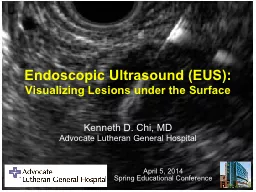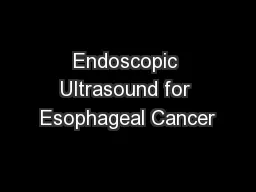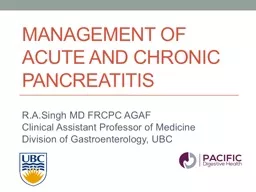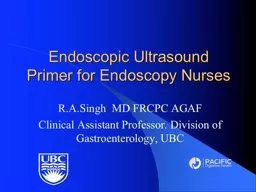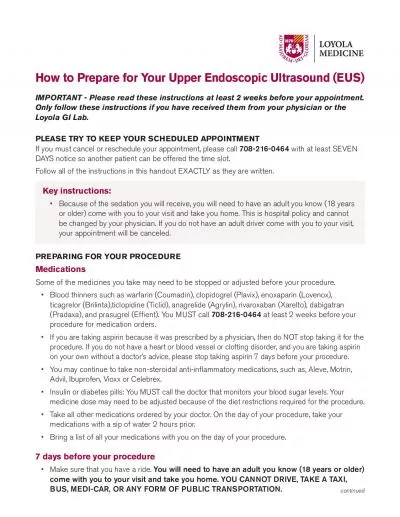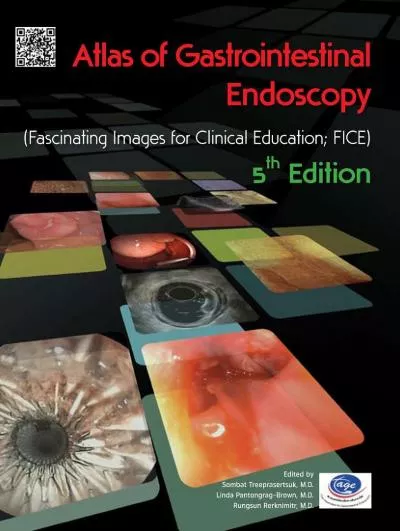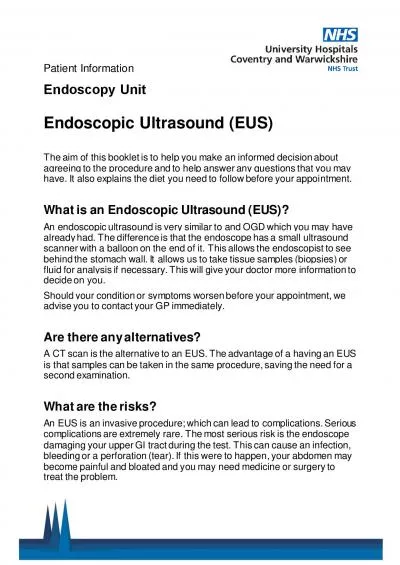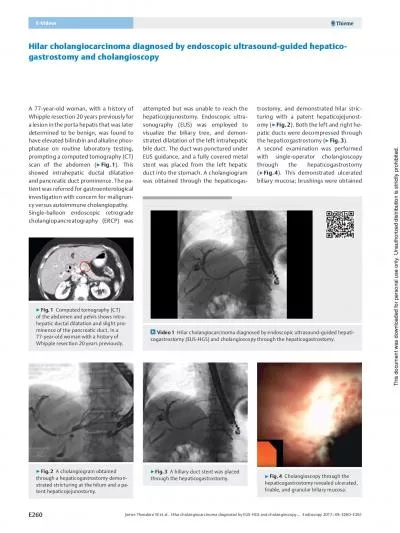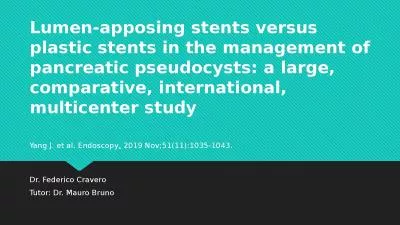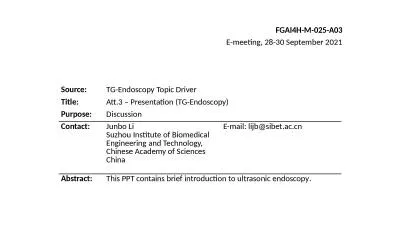PPT-Endoscopic Ultrasound (EUS):
Author : solidbyte | Published Date : 2020-06-17
Visualizing Lesions under the Surface Kenneth D Chi MD Advocate Lutheran General Hospital April 5 2014 Spring Educational Conference Outline 1 Basic primer
Presentation Embed Code
Download Presentation
Download Presentation The PPT/PDF document "Endoscopic Ultrasound (EUS):" is the property of its rightful owner. Permission is granted to download and print the materials on this website for personal, non-commercial use only, and to display it on your personal computer provided you do not modify the materials and that you retain all copyright notices contained in the materials. By downloading content from our website, you accept the terms of this agreement.
Endoscopic Ultrasound (EUS):: Transcript
Download Rules Of Document
"Endoscopic Ultrasound (EUS):"The content belongs to its owner. You may download and print it for personal use, without modification, and keep all copyright notices. By downloading, you agree to these terms.
Related Documents

